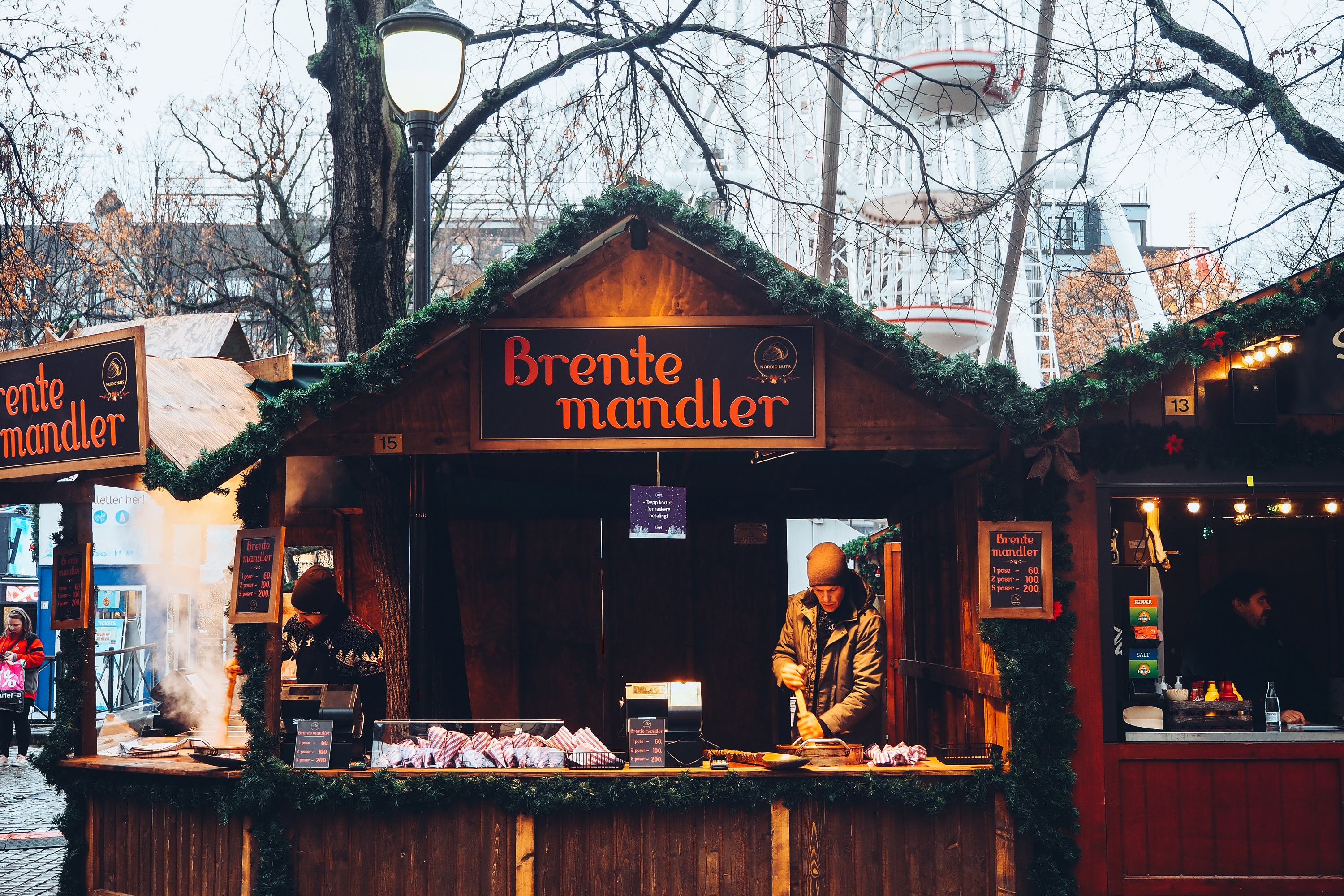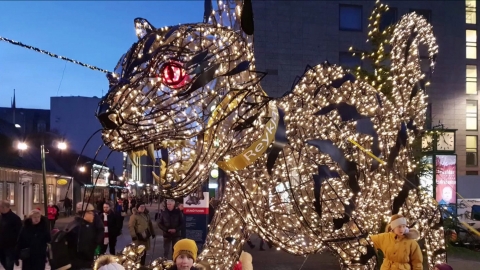Christmas markets past and present
Christmas markets have a tradition and history that originated in Germany in the late Middle Ages, then spread to Central Europe, which are countries that use the German language or have close cultural, political and historical ties with Germany. Christmas markets then began to spread to the countries of the Roman Empire, and eventually to all of Europe. Although originally called Christkindlmarkt in German and literally translated as “Christ Child Market” in English, Christmas markets have little religious significance and are simply an open-air market, usually in a central square or market square, selling food, cinnamon wine and other Christmas-related items.
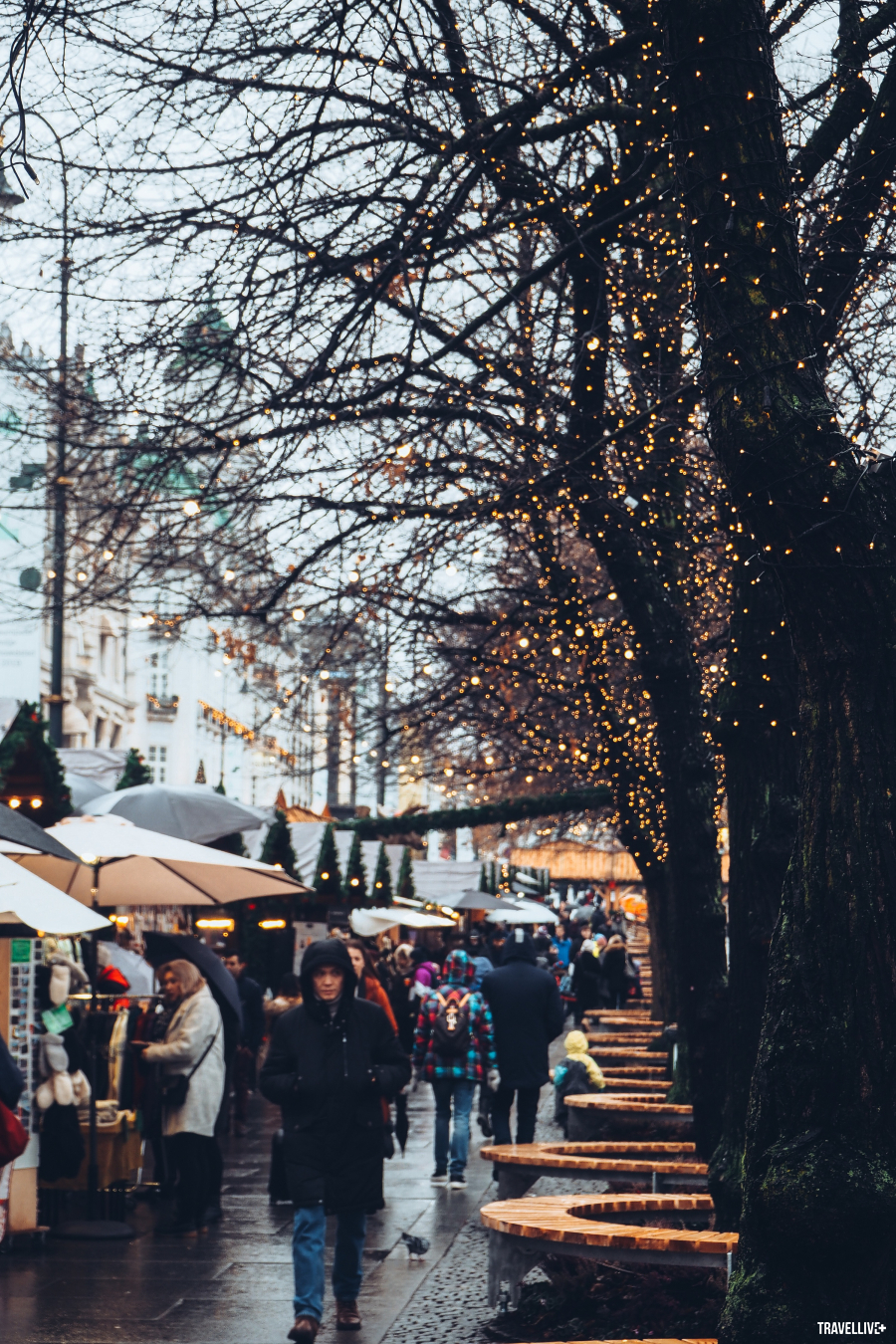
In the past, Christmas markets usually opened during the first Advent of Christmas. Advent covers the four Sundays before Christmas and is usually marked by a candle. Each week, people would light a candle, in turn until all four weekends, and look forward to Christmas. Nowadays, many famous Christmas markets have started opening around mid-November every year to attract more tourists. However, small markets in remote rural areas and other corners of Europe still keep the habit of "opening the market" in the first week of Advent.
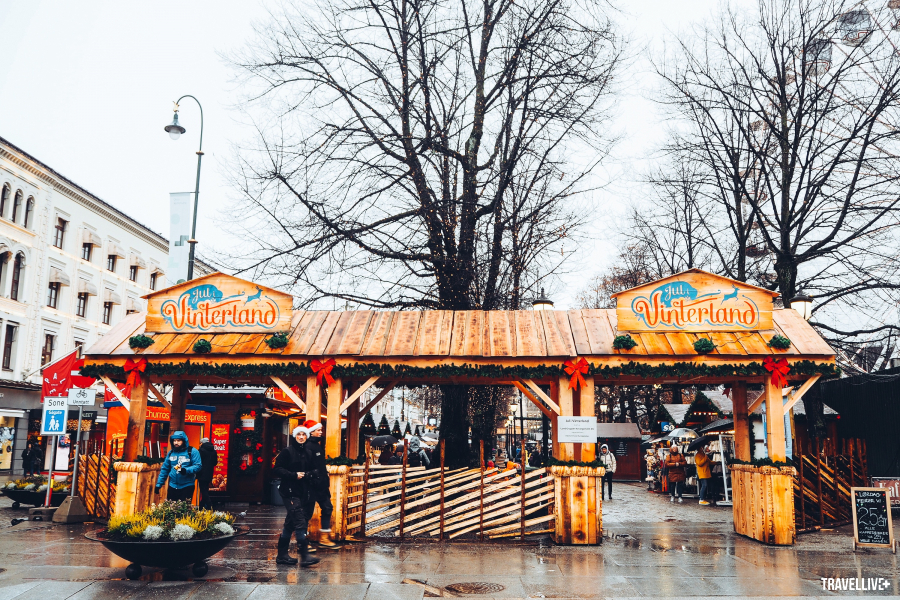
Christmas market gate decoration

Candied almonds stall
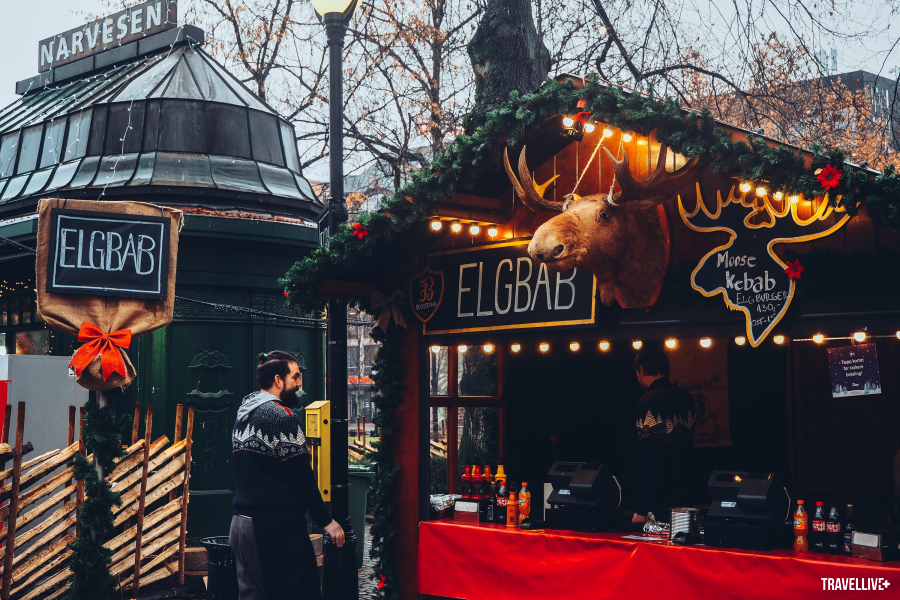
Inside the Christmas market

Signs in the market
A traditional Christmas market, in addition to being held in a large square with wooden stalls, in the middle of the square often displaying a towering Christmas tree, would certainly not be complete without a manger recreating the place where the baby Jesus was born, a few stalls selling roasted and candied almonds, a few stalls selling wooden nutcrackers carved and painted into all kinds of shapes, and of course, a stall selling cinnamon glühwein - a classic drink every Christmas season in cold countries.
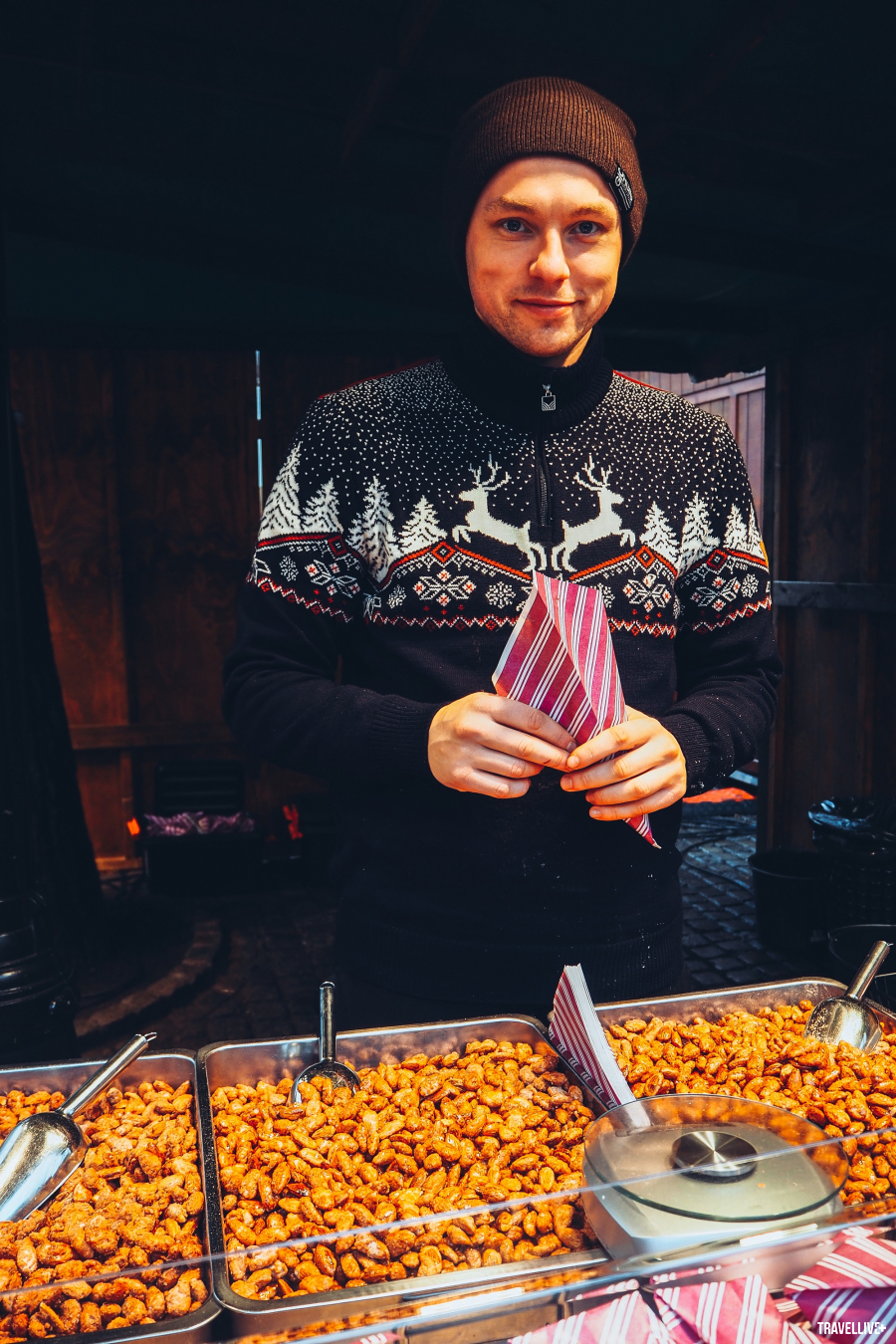
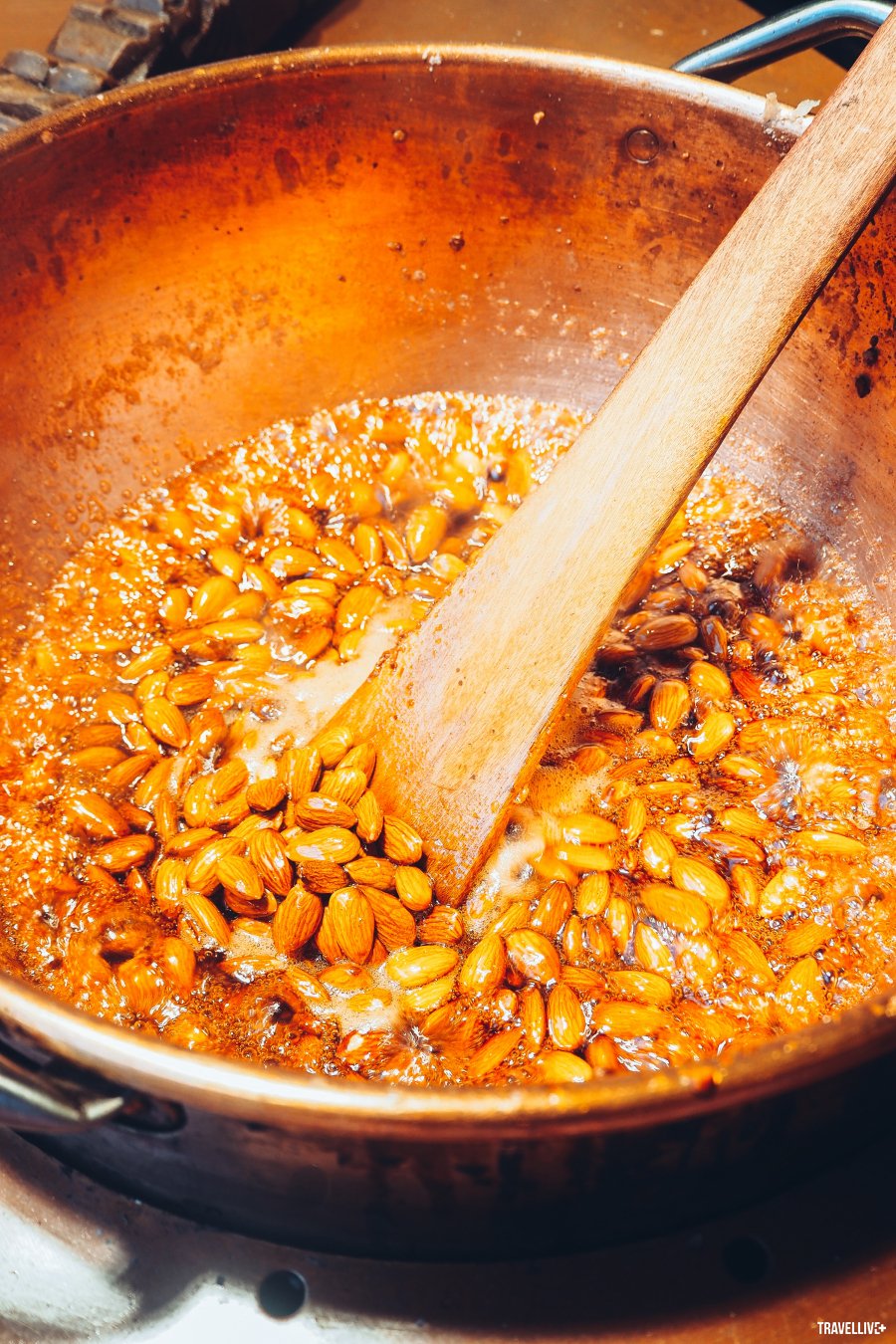
Nowadays, modern markets also have a carousel decorated with sparkling yellow lights, sometimes with balloon stalls and stuffed animals to attract children or a row of electronic game machines for people to try their hand at catching animals or a little luck with the year-end jackpot machine. Besides the locals taking the opportunity to shop around the market, there are also groups of tourists eagerly taking selfies with a smiling Santa Claus. That is the modern Christmas market, with all the fun, all the colors, all the emotions in an increasingly flat world.

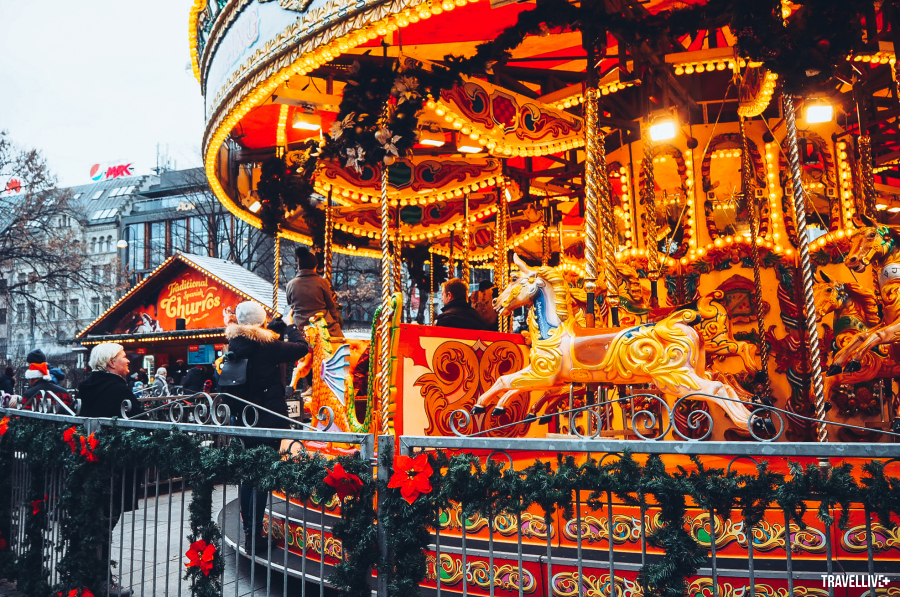

Go shopping at "home"
Contrary to the majority, I usually do not travel in winter to visit other Christmas markets. That is somewhat similar to the fact that Vietnamese people do not go to other provinces and cities on the days before Tet to go to Tet markets. Tet markets, or Christmas markets, always bring to people, especially those who live far away, a feeling of nostalgia for their homeland. To ease that nostalgia, I started to practice the habit of going to the Christmas market in the capital Oslo, just over 30 minutes by train from where I live in the suburbs.

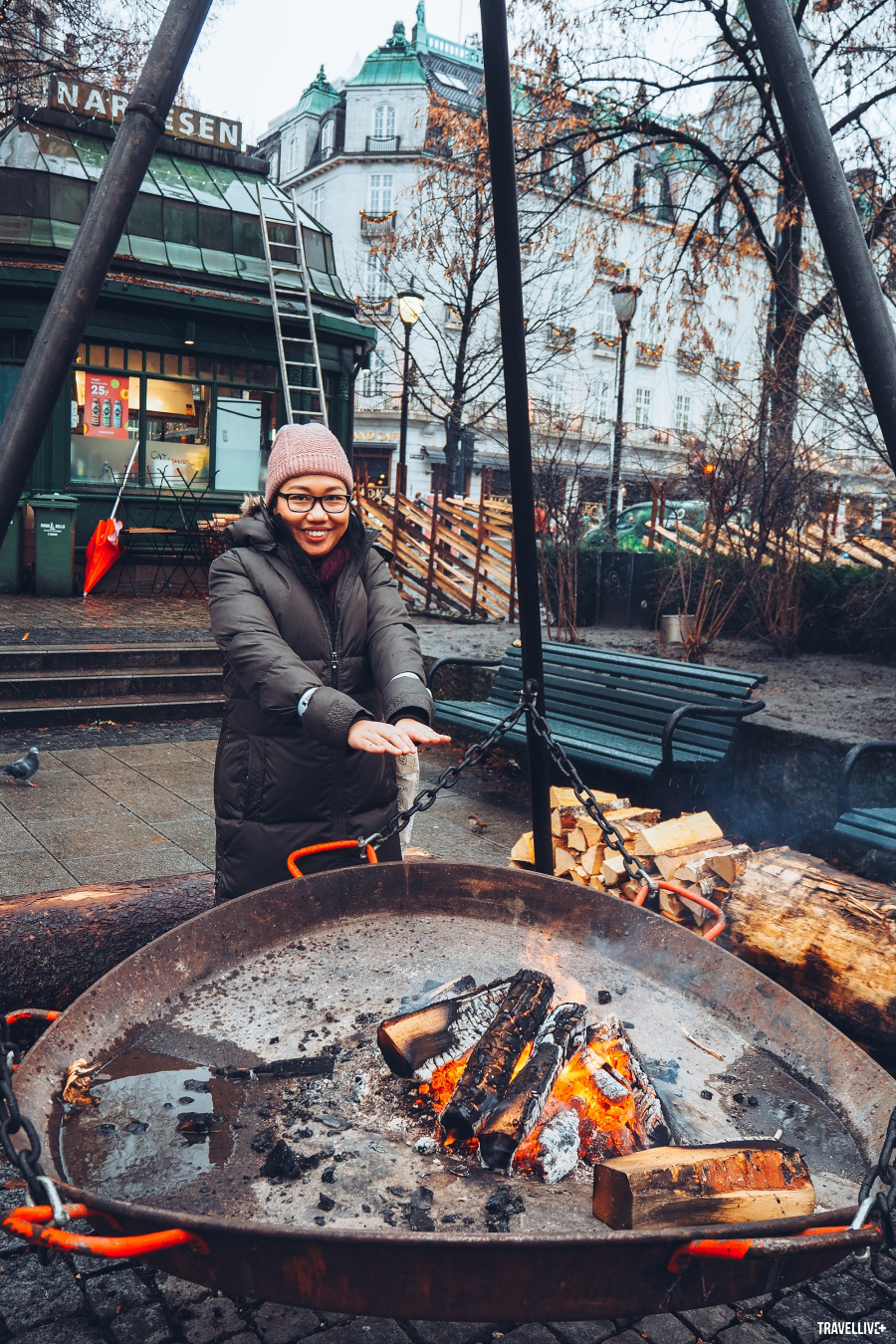
Major cities in Europe often have several Christmas markets scattered throughout the city, Oslo is no exception. But I only went to the one market located right on the main street Karl Johans gate leading straight to the King's Palace at the end of the street. Going like that, I could easily feel the changes in the stalls, the decorations, or sometimes even accidentally meet familiar faces from last Christmas.

Salesman dressed as Santa's elves
The market is located in a small square next to an artificial lake with a very funny name: “Spikersuppa”. This name comes from a Norwegian folk tale, about a poor woman who went around the village announcing that she was cooking a pot of spike soup. People were surprised and asked her to try it. The poor woman then said that she was willing to invite everyone, but whoever wanted to eat could contribute some potatoes, carrots, cabbage… At the end of the trip around the town, the poor woman had enough ingredients to cook a full meal for herself. This is a folk tale, but it accurately reflects the poverty of the Norwegian people at that time, when… oil had not yet been found off the coast of Norway!

Wood stoves are scattered around the market for people to warm up.
In the summer, “Sup troi” is an ideal place for city dwellers to cool off. In the winter, the water in the lake freezes smooth, becoming an outdoor ice skating rink for everyone. Couples hold hands and glide lightly on the ice. The children are happily smiling, even though some are not used to it, they still have to be held by adults. The young ones are the most enthusiastic to participate, performing with all kinds of graceful movements, turning skillfully, not inferior to professional athletes. Occasionally, a few children play a dragon-shaped game… skating, if one child is unsteady, the whole dragon-shaped group will fall down, but they still laugh like firecrackers.
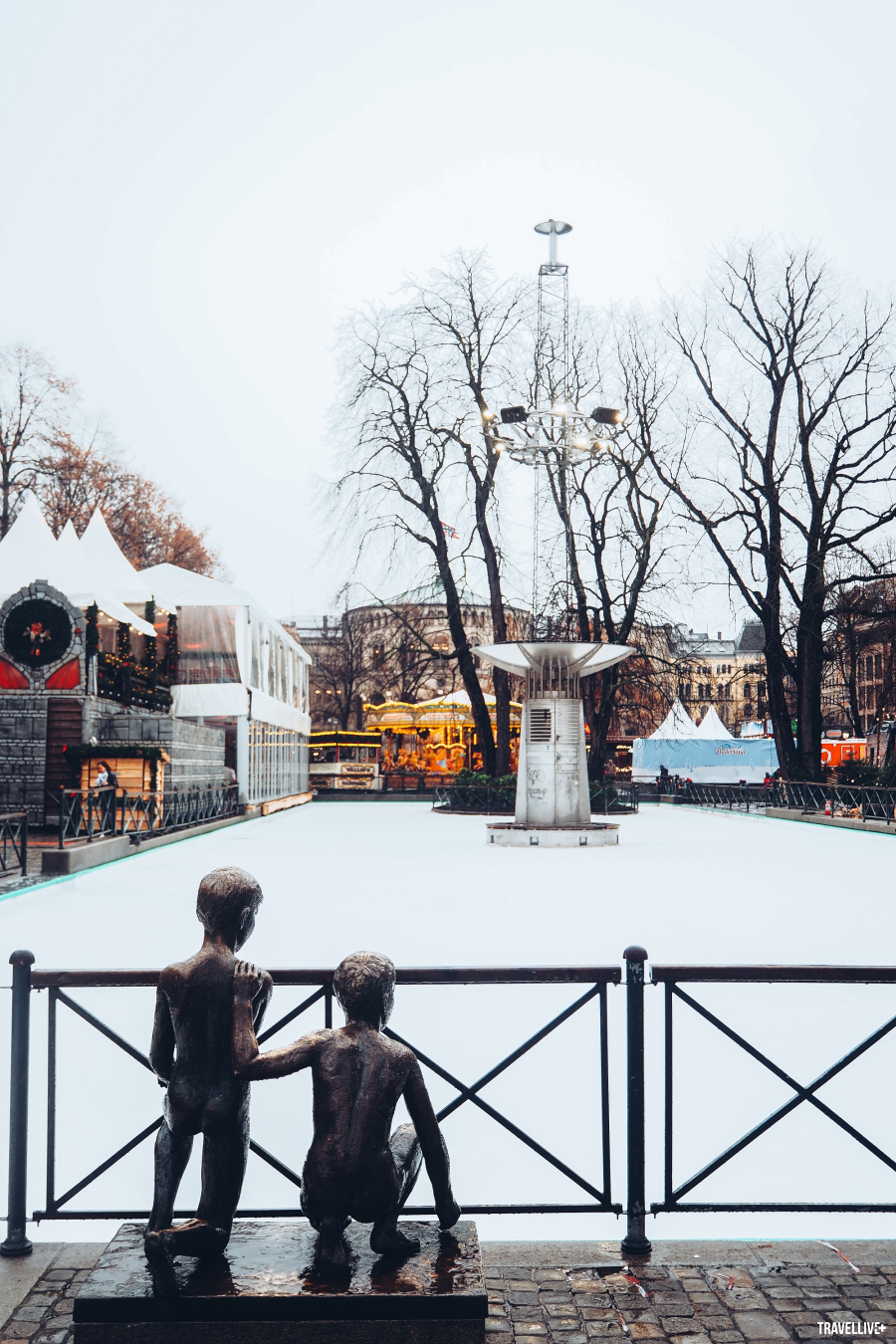
Nail Soup Lake turns into an outdoor skating rink
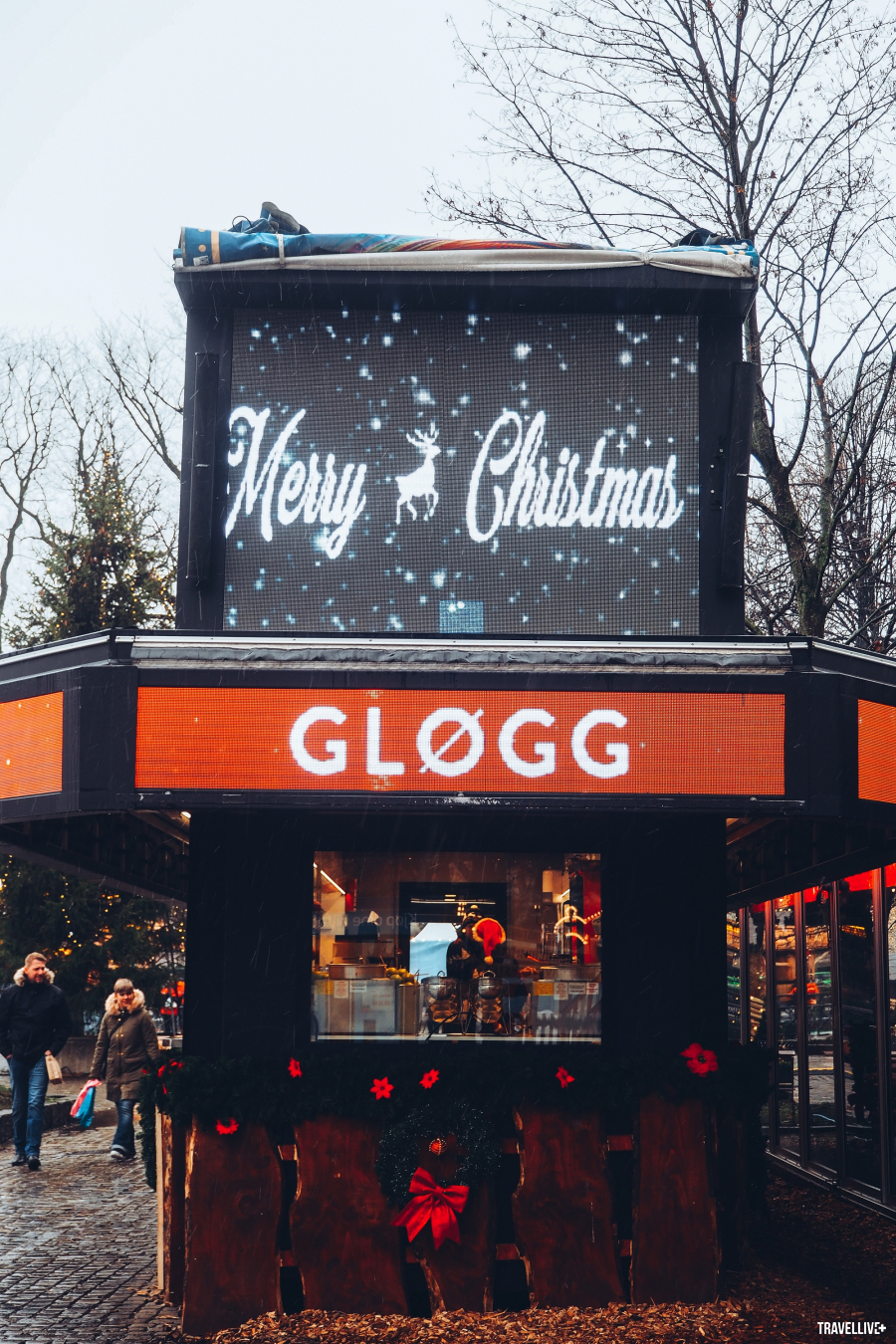
gløgg wine stall similar to German Glühwein
The Christmas market in Norway would probably be like many other markets in Europe if it weren’t for the three things that make it different: reindeer, elves, and pine trees. Reindeer are animals associated with Santa Claus and the snow country. While many other Christmas markets sell products made from reindeer fur or horns, the Christmas market in “Soppo” also has a reindeer food stall with two famous dishes that many Norwegians often wait until Christmas to enjoy: reindeer steak and reindeer hamburger!
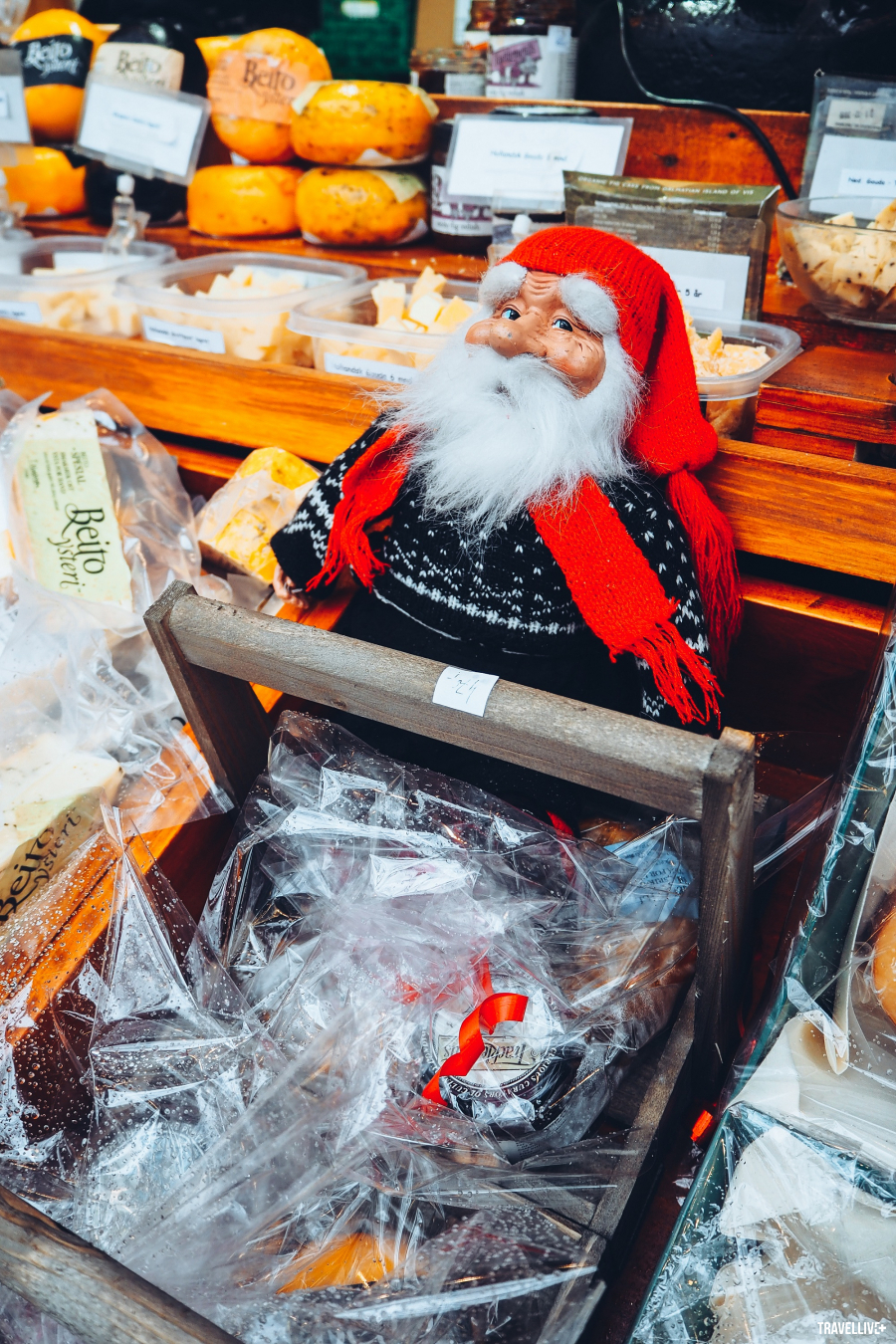
Reindeer meat is classified as wild meat, so it is often very tough and has a strong, characteristic smell. People who are not used to eating it will find it difficult to feel its deliciousness. Basically, the way to prepare reindeer meat is similar to beef or other red meats. But in terms of flavor, juniper seeds (English name is juniper) to marinate the meat and jam made from cranberries (lingonberry in English) to reduce the fattiness of the meat, potatoes and sauce. Without juniper seeds and lingon jam, reindeer meat will lose half its appeal! And because these two fruits cannot be found everywhere, reindeer dishes in Norway in particular and Northern Europe in general have a flavor that is difficult to find anywhere else or any other famous Christmas market.
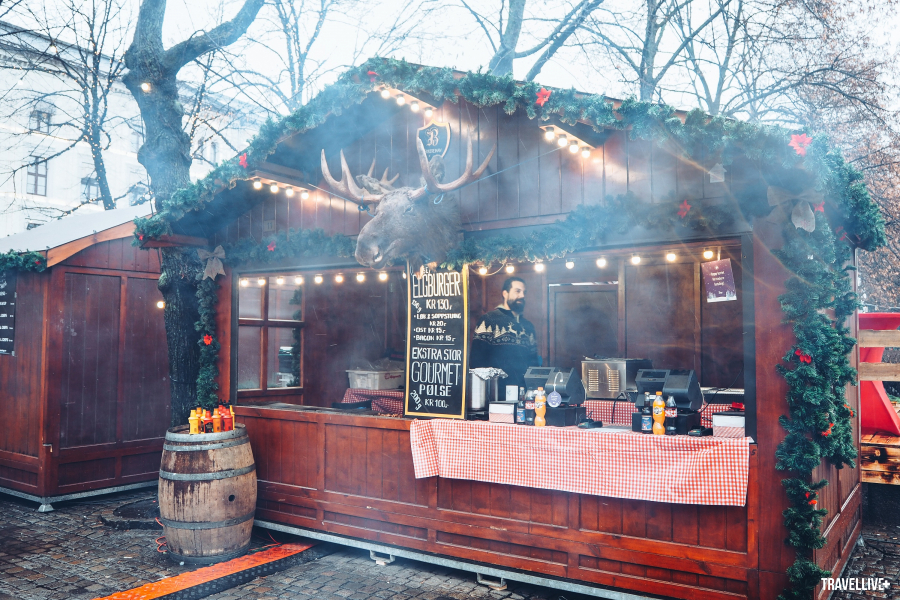
The reindeer hamburger stand smells delicious

Traditional Norwegian sausage stall
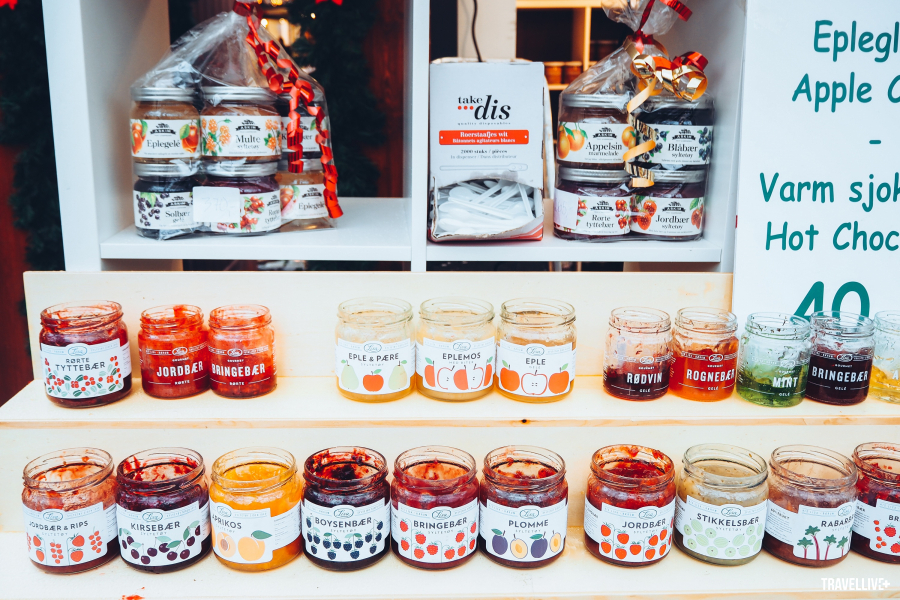
Special berry jam from the fruit growing region of western Norway
Besides reindeer, Trolls are also another image ambassador of Norway. Trolls in ancient Norse mythology are a race of dwarfs who often live in deep caves, high mountains and remote areas in western Norway, where the mainland is cut into hundreds of thousands of small pieces by fjords. Snowy mountains or pine forests are often the Trolls' favorite places to live, to separate themselves from the world of humans and gods. Today, in the modern Norwegian language, there are still many place names and nouns that are attached with the element "troll" to indicate their difficulty or mischief. The famous "Trolltunga" mountain climbing route in western Norway is an example, when people compare the sharp rock protruding from the sky and earth to the tongue of the devil; or the "Trollstigen" pass - the devil's pass - with 11 extremely sharp turns also has a similar implication.
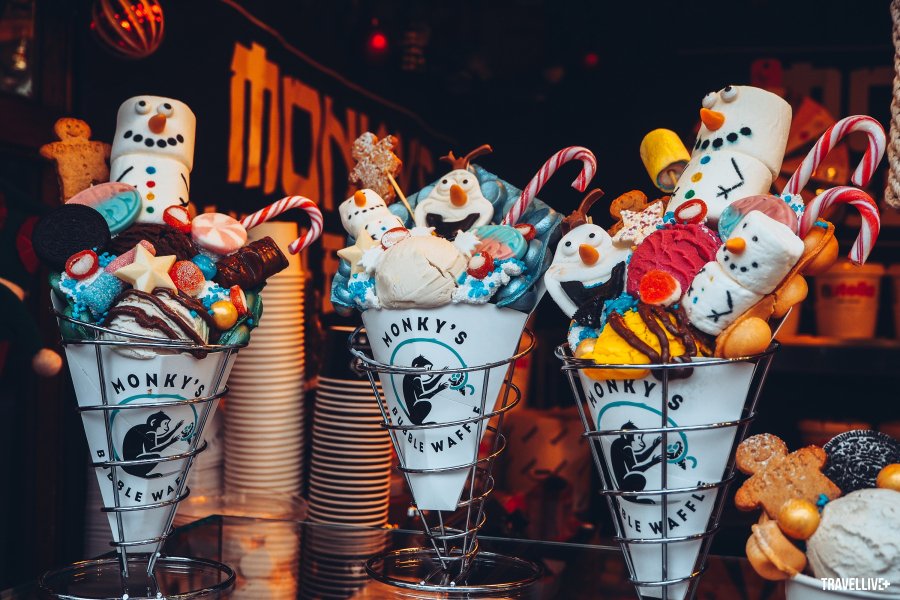
Bubble waffle decorated in Christmas style
But the Trolls of the Christmas market in Norway are different, with toothless baby demon faces grinning, a grandfather reading a newspaper, a grandmother knitting next to a naughty cat, a mother demon in a red apron next to a Christmas table full of meat and fish, and a father demon with a Viking shield and a horned helmet on his head. For a long time, the image of the Troll has stopped being associated with ghost stories about a princess being taken into the forest by a demon, but instead are "reformed" Trolls that are friendly to humans and... tourists' wallets.
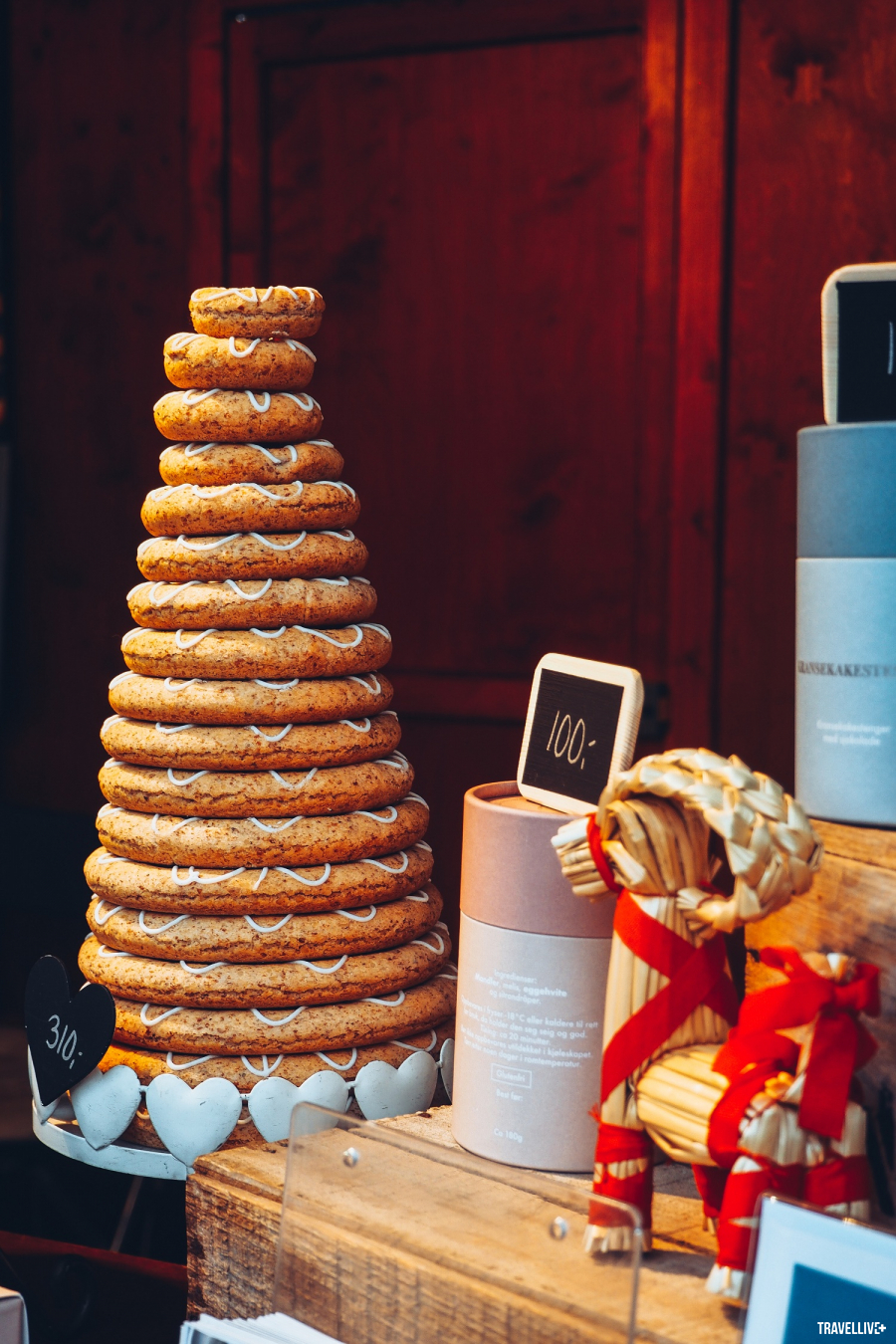
Kransekake is a Christmas-themed donut.
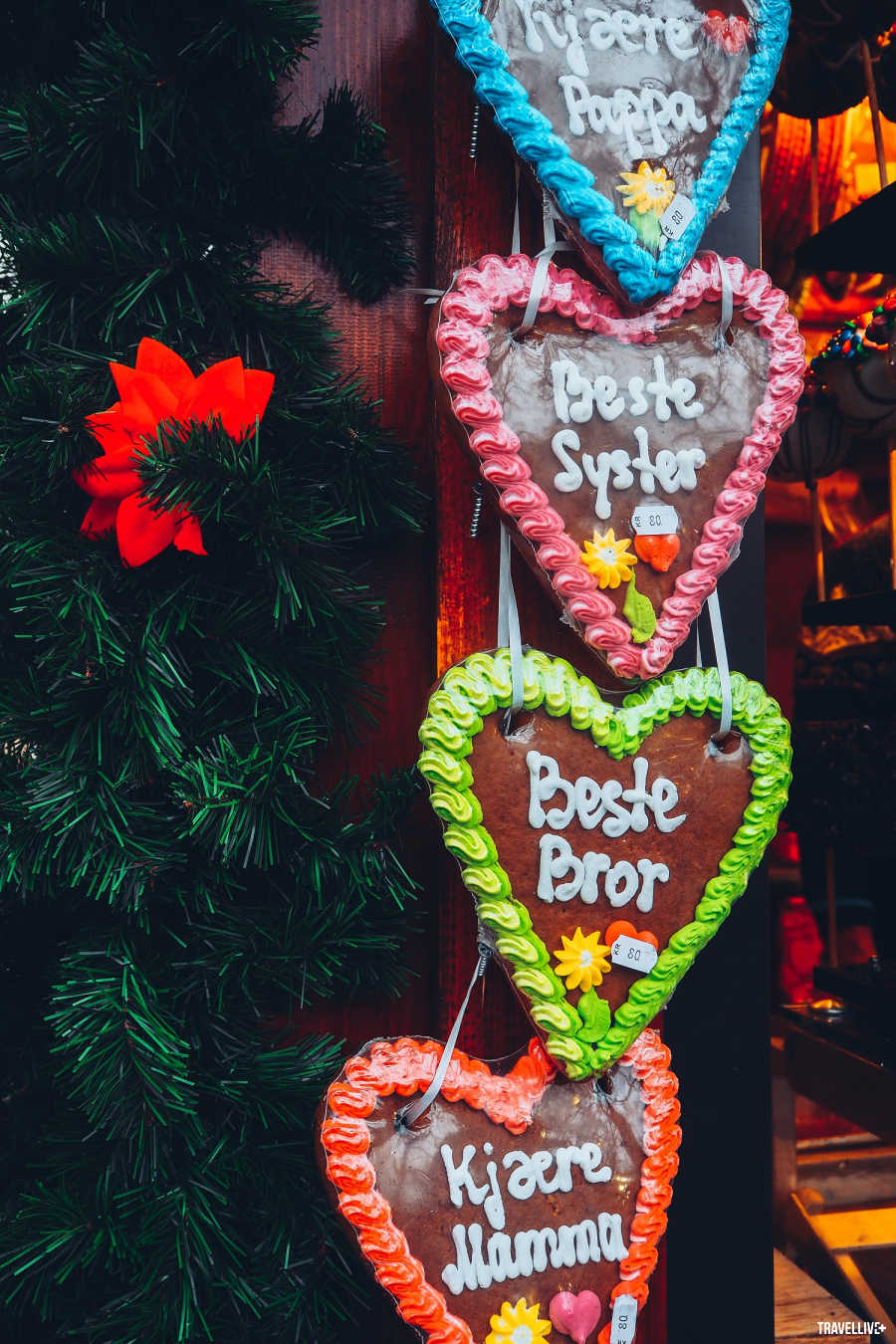
Gingerbread Pepperkake
The last thing that always makes me go to the Christmas market is to buy decorations for the Christmas tree in the house. Like the image of apricot and peach branches in the traditional Vietnamese New Year, pine trees are indispensable in every Christmas in countries with Christian traditions. Although today, Northern European people are becoming more and more atheistic, the traditions and old lifestyles associated with the habits of parents and grandparents are hard to give up. Decorating the Christmas tree is one of them.

Candy apples are very popular at Nordic Christmas markets.
I started buying real pine trees from a pine truck parked near the train station where I live. Buying a real pine tree is actually much more environmentally friendly than buying a fake one made of plastic. The amount of water, electricity, and energy used to create a fake pine tree, plus the amount of carbon dioxide emitted into the atmosphere from the processing plant, is many times higher than cutting down a real pine tree - the kind grown specifically for Christmas trees - and planting one or more new pine trees. And did you know that after each season of ripe pine cones falling, many old people gather together to collect the pine cones that have fallen on the streets or in the yard, then wait for the pine buds to fall from the fruit, then they bring them into the forest and spread them on the moist ground, sowing a new batch of pine cones for the northern forests.

The fresh pine tree is placed in a tray of water, secured with screws around it to keep it upright. Once the tree is in place, everyone in the house begins to decorate it. Children are often given plastic balls or other non-breakable items to decorate the bottom near the base of the tree. Adults often hang tinsel on the tree and twinkling lights outside the windows. Finally, everyone in the house eagerly competes to put the most brilliant decoration on top of the pine tree, usually a star, a red bow or an angel statue. When the decorations are finished and the first presents are carefully placed under the tree, the Christmas atmosphere has filled every house and every street in the city.
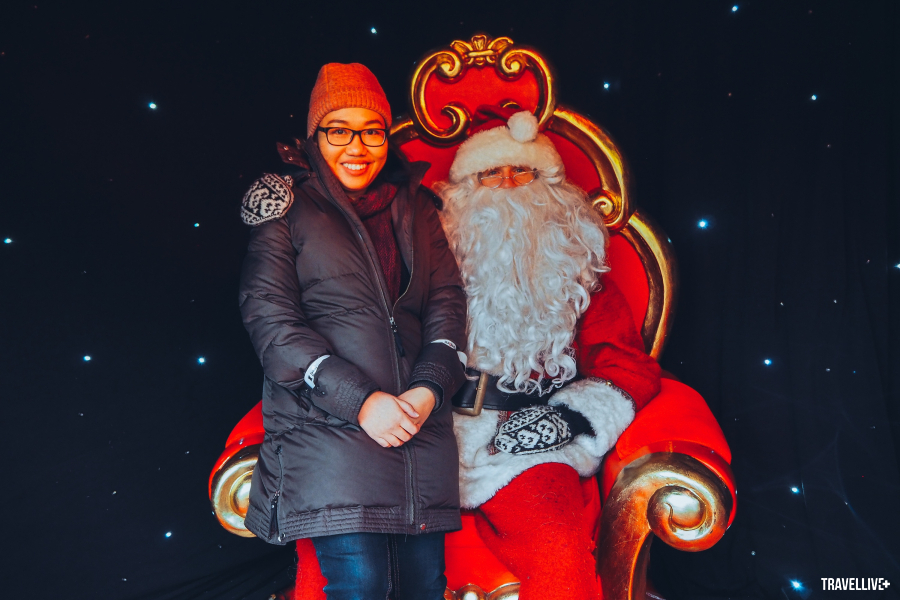
The author and "Santa Claus"
To prepare for the 6th Christmas season in a foreign land, I am like a child who went to the Tet flower market with my grandmother, eagerly waiting for the small truck carrying fresh pine trees with the fragrant smell of resin to sell in front of the train station, eagerly going with my small family to the "Nail Soup" Christmas market on the second Sunday of Advent, then eagerly decorating the new pine tree with sparkling things.
And another Merry Christmas is coming.





